
KKND: Krush Kill ’N Destroy is a post-apocalyptic real-time strategy game published by Melbourne House that drops commanders into a radioactive desert where oil rigs decide survival and mutated beasts stalk the dunes. Comparable to Command & Conquer and Warcraft II, this classic game unleashes asymmetric factions, rapid base building, authentic resource management, and tongue-in-cheek humor that rewards creative tactics. Play online on any device and lead flamethrower squads or towering scorpion mechs through explosive skirmishes. Every mission demands bold raids or careful defenses, while skirmish mode offers limitless replay value.
Released in the late nineties by publisher Melbourne House and crafted by Beam Software, KKND: Krush Kill ’N Destroy hurled strategy enthusiasts into a scorched future where cratered deserts replace farmland and oil alone fuels survival. Instead of sleek star fleets or high-fantasy realms, the game revels in a sardonic, Mad-Max-meets-industrial-punk aesthetic. Makeshift factories rattle, armored buses crawl across salt flats, and infantry bark irreverent one-liners between bursts of gunfire. Behind the grim comedy beats a serious strategic heart: resource fields are finite, units die fast, and every second matters. The result is a fierce, fast-paced experience that immediately stood out amid the real-time strategy boom of the era.
The design’s soul lies in its asymmetric factions. The Survivors are bunker-born technocrats who sheltered underground during the nuclear exchange, re-emerging with refurbished tanks, napalm artillery, and an unshakable faith in cold steel. Their adversaries, the Evolved, are wasteland clans that worship radiation and tame colossal scorpions, camel-mounted gunners, and towering cyborg beasts stitched from scrap and sinew. Each side advances along a distinct tech path encouraging contrasting mind-sets: the Survivors favor disciplined lines of fire and fortified choke-points, while the Evolved rely on guerrilla strikes, burrowing ambushes, and brute biological power.
Beneath that surface humor lies genuine sophistication. Terrain height alters firing ranges, dynamic fog of war hides flanking routes, and destructible scenery lets commanders blast new lanes through rubble. Matches often pivot on a single decision—secure an oil pipeline early or stockpile for a decisive late-game surge. Such emergent moments keep every encounter fresh, whether you battle the AI in campaign missions or outwit a human rival in skirmish mode.
Thanks to preserved DOS executables and modern emulation layers, you can play KKND: Krush Kill ’N Destroy online without fees, installs, or compatibility headaches. A lightweight browser build boots the original program within seconds, delivering the complete campaign, competitive skirmish maps, and head-to-head multiplayer directly inside a tab. Touch-friendly overlays let mobile strategists pan battlefields with a swipe, while Bluetooth keyboards or gamepads offer extra precision if desired. On desktops, familiar mouse input makes constructing bases and issuing orders feel exactly as it did on classic hardware—only now the action scales smoothly to wide screens and high-resolution monitors.
Because the emulation runs entirely within portable code, hardware demands are minimal; any device capable of displaying a modern webpage can marshal flamethrower squads and oil-derrick engineers. Gameplay physics, sprite animation, and AI routines remain authentic to the 1997 release, preserving its razor-sharp pacing and distinctive personality while freeing players from operating-system quirks.
KKND’s audiovisual identity is unapologetically bold. Sprites are chunky yet expressive, animated with flourishes that underscore both brutality and absurdity: oil gushes from ruptured rigs, turret barrels glow cherry-red under sustained fire, and scorpion shells gleam beneath an irradiated sun. Explosions blossom into oversized fireballs that briefly silhouette wrecked hulls before they collapse into twisted slag. The color palette leans on ochres, rusts, and searing oranges, painting a believable panorama of scorching heat and relentless conflict.
The soundtrack fuses industrial drums with distorted guitar riffs and sputtering synth bleeps that evoke malfunctioning machinery. This relentless score underscores frantic resource races and amplifies the game’s sardonic tone: every thunderous bass drop feels like another warhead detonating in the distance. Voice clips add memorable flavor, from gruff Survivor engineers complaining about overtime to unhinged Evolved shamans promising to grind your bones. The audiovisual package may be vintage, yet its raw energy still cuts through modern noise.
Although a sequel and a vehicular spin-off followed, the inaugural installment endures as the purest expression of KKND’s chaotic charm. Fans still exchange custom maps, debate balance tweaks, and stream competitive showdowns that dissect build orders frame by frame. Speed-runners discover optimal oil routes and unit compositions that shave precious seconds off long-standing records, while modders exploit the game’s straightforward C codebase to craft total conversions ranging from sci-fi epics to historical battlefields. Every few years a fresh wave of commanders discovers the title, proving its design remains accessible and compelling.
Part of that longevity springs from the game’s approachable architecture. Data tables are plain text, sprite sheets are easy to swap, and audio is stored in familiar formats, inviting experimentation. Aspiring designers often cite KKND as their gateway into modding because a single afternoon’s tinkering can produce a brand-new unit or tweak economic values for a personalised challenge. The welcoming barrier to entry guarantees a steady flow of creative content that keeps the wasteland alive.
At its core, KKND uses the genre’s intuitive command scheme: left-click to select, right-click to move or attack, hold Shift to queue orders, and press Ctrl plus a number to form control groups. Yet victories hinge on more than reflexes. Savvy generals decide when to expand, how to scout, and which tech investments counter opposing builds. Bold flanks, feints, and timely retreats can overturn numerical disadvantages, while neglecting oil production ensures eventual collapse.
In the grand tapestry of strategy history, KKND: Krush Kill ’N Destroy stands as both homage and subversion. It respects the mechanics popularised by Command & Conquer and Warcraft II yet injects them with zany wit, asymmetric depth, and a post-apocalyptic flair found nowhere else. Whether you return for nostalgia or discover it today, this game delivers a gripping contest of resource management, tactical cunning, and explosive spectacle that transcends hardware generations and remains endlessly replayable.
All used codes are publicly available, and the game belongs to its original authors.
Share game
Share game
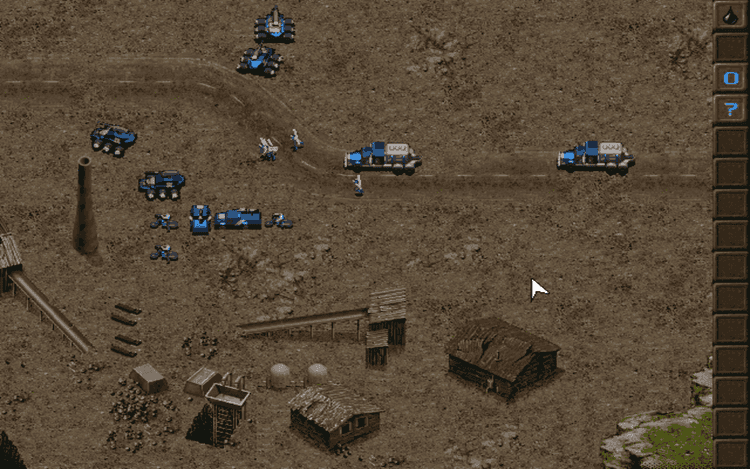
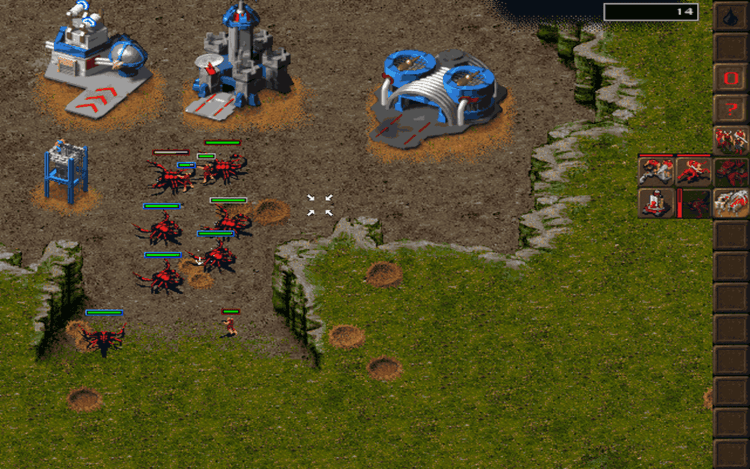

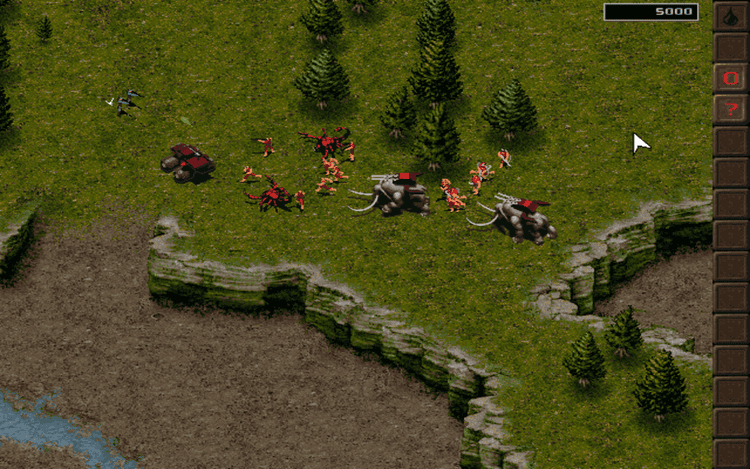
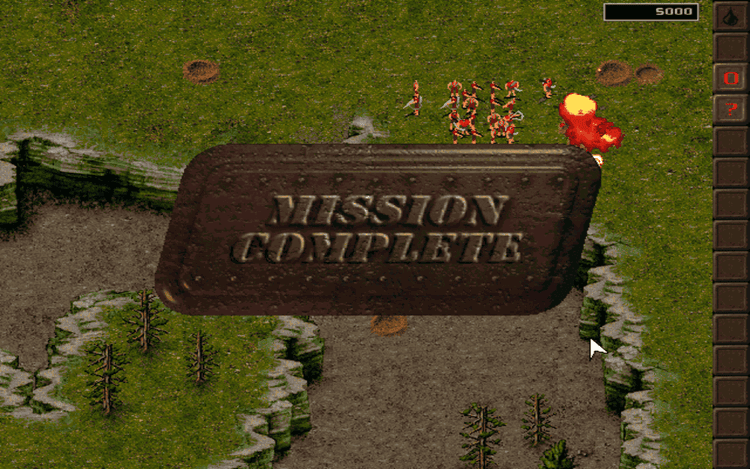
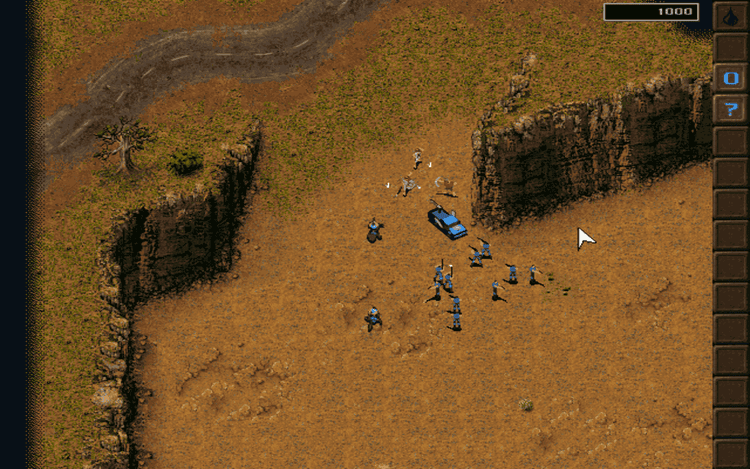
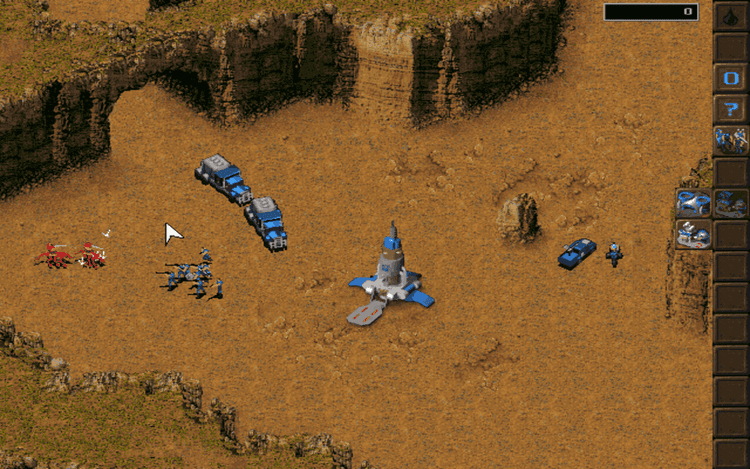
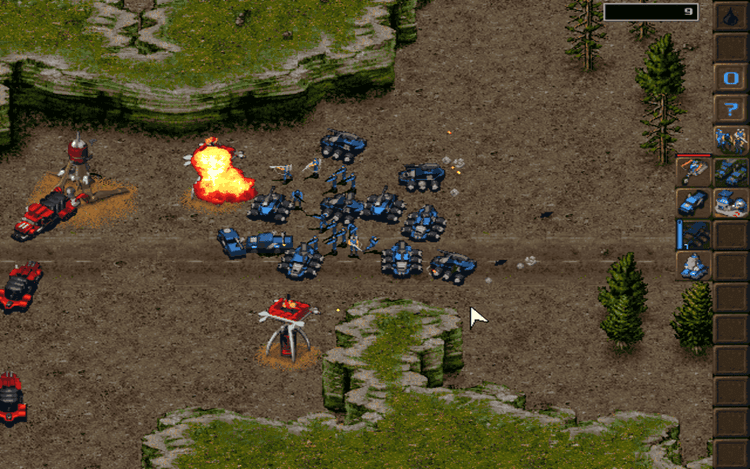
Share game